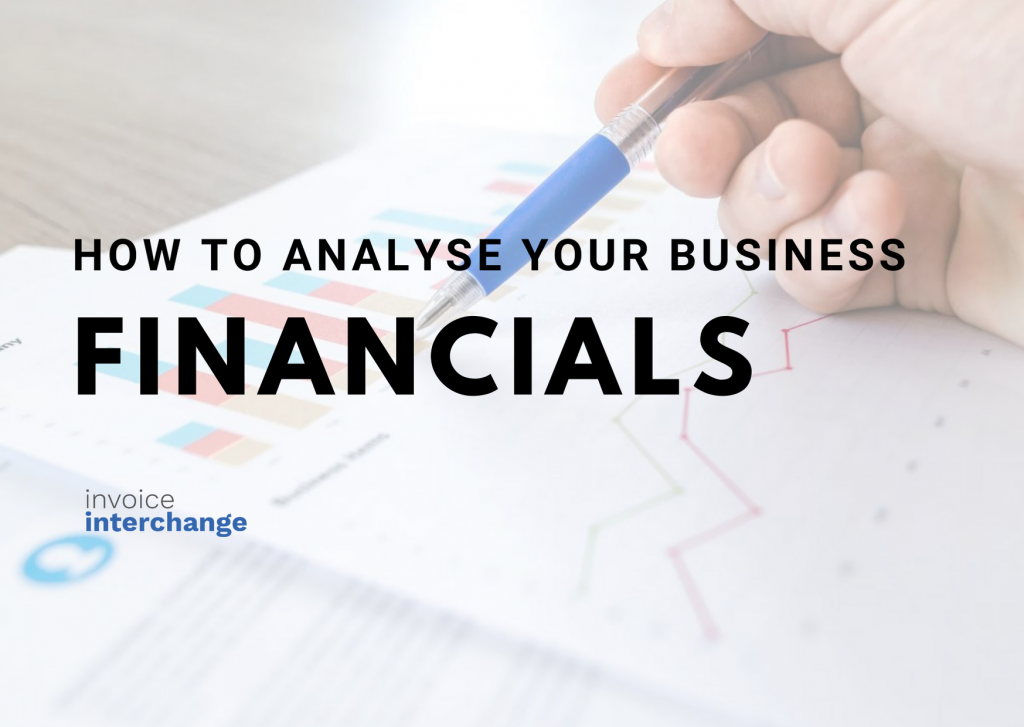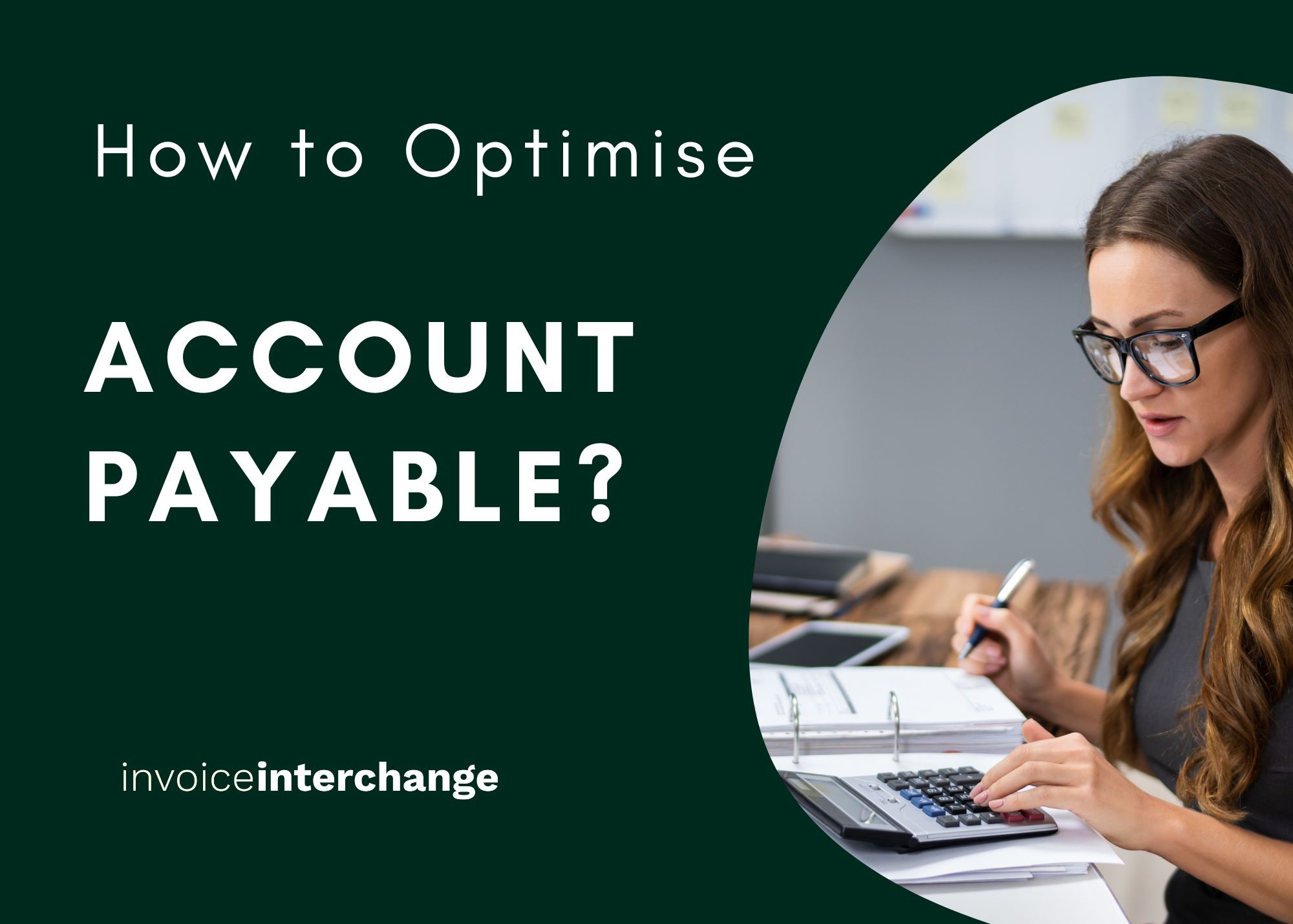
How to Analyse Your Business Financials
With the economic downturn brought about by the rapid onset of COVID-19, it is now more important than ever that you analyse your business financials on a regular basis to help you better manage the situation. If you use online accounting tools, you would be able to run reports with a few clicks of a button. Some of the popular accounting tools are Xero, MYOB and QuickBooks.
Before diving into the details of how to analyse, it is important to note that your financial information is only as good as the diligence in your bookkeeping. If your accounting records are not up to date, then the information you generate may not be up to date or as accurate in reflecting the financial position of your company.
Understanding Your Profit and Loss
Your profit is recorded under your Profit & Loss statement. This gives you the overview of whether or not your expenses are under control or if your sales revenue is sufficient to cover your costs. If you run a seasonal business, it is recommended that you compare data points against the same period in the previous year to obtain and apple-to-apple comparison and eliminate seasonal fluctuations.

A few items to look out for:
- Is your revenue generally growing?
- Is your Costs of Good Sold (COGS) less than your revenue? If not, you are making a loss every time you make a sale.
- Are you able to bring down COGS to increase your gross profit?
- Compare your figures against previous periods to understand the growth and changes in revenue and expenses.
- How high are your operational expenses, does it put your net profit into negative?
- Identify if you are able to reduce or remove any operational activities than can help your business reduce cost and expenses.
Understanding Your Accounts Receivable
Accounts Receivables (under Balance Sheet) represents your company’s sales to customers that have yet to be collected. AR also allows you analyse your business whether your collection control is effective or not. You can use an Aged Receivables report to obtain a detailed view of amounts owed to you by each of your customer. This is further broken down into when you expect to receive payments from your customers based on invoice due dates and how long past due they might be.

A few items to look out for:
- Is the majority of your Accounts Receivable (AR) within industry standards (anywhere between 10 to 90 days)? If not, revisit your collection process. Overdue payments put a large strain on businesses cash flow. At worst case, they may turn into bad debt.
- How often are your customers making late payments? This could be a sign that your customer is going through a rough time. You may need to reconsider whether to continue to extend credit to the customer, or continue selling to the customer at all.
Understand Your Accounts Payable
Accounts Payables (under Balance Sheet) is what your business is obligated to pay to its creditors. This could be your suppliers, vendors or financial liabilities. It usually has a relation and effect to your company’s expenses. Generally, you would want to pay as late as possible, and receive cash as soon as possible to be in a strong cash flow position. You can further break down your Accounts Payable by generating your Aged Payables report to obtain a detailed view of amounts you owe to each of your creditors aged by the number of days.

A few items to look out for:
- Has there been any spike in your Accounts Payable? If so, are you able to negotiate with the creditor for a longer payment term to help you smooth out cash outflow?
- Are there any invoices that can be eliminated in the future to bring down costs?
Understanding Your Cash Flow
Cash is king, especially during this pandemic. By understanding your Accounts Receivable and Payable, this will help you create a more accurate cash flow forecast for the next 3 months. Through this exercise, you will be able to identify if there will be any periods where cash flow might be in the negative.

Negative cash flow means cash outgoing is greater than cash incoming. Your business will need additional working capital to meet expenses during such a period. Invoice Financing can be used as a source of finance to help your smoothen cash flow. The way an Invoice Finance facility works is that it converts your outstanding customer invoices into immediate working capital so that you have the funds coming into your business quicker instead of waiting. This will assist with smoothing out cash flow and can be used to target and eliminate negative cash flow periods.
Understanding Your Balance Sheet
A Balance Sheet simply provides a snapshot on how much money your company has (assets), how much it owes (liabilities), and what is left when you net the two together (Assets less Liabilities). It is one of a great tool to help you analyse your business.
There are several ratios that helps you understand your business financial position better:
- Current ratio – A liquidity ratio that measures a company’s ability to pay short-term and long-term debts.
Current Ratio = Current Assets / Current Liabilities
- Debt ratio – A financial ratio that measures the extent of a company’s leverage
Debt Ratio = Total Liabilities / Total Assets
- Debt to equity ratio – Indicates how much debt a company is using to finance its assets relative to the value of shareholders’ equity
Debit/Equity Ratio = Total Liabilities / Shareholder’s Equity
- Days Sales Outstanding ratio – A measure of the average number of days that it takes a company to collect payment after a sale has been made.
DSO Ratio = Accounts Receivable/ (Annual sales / 365 days)
The above should allow you to effectively analyse your business financial position, and place you in an informed position to put in place a plan to help you grow your business.
Related Articles

Crucial Metrics: A Guide for SMEs on How to Measure Financial Goals for a Successful Business

Why Is It Important to Offer Credit Terms to Your Customer as a B2B Business?
